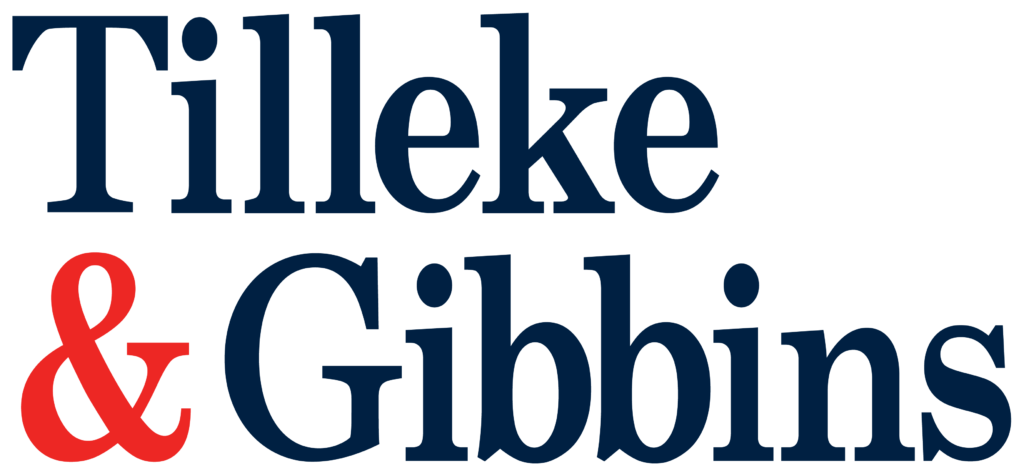Impacts from the COVID-19 pandemic have led some manufacturers to reduce costs by changing production methods, designs, or machinery, or reducing the number of employees on payroll. While these strategies may reduce costs and help their business survive, they may also result to lower quality goods. In the worst case, however, these poor quality goods may cancel out or even outweigh a manufacturer’s cost savings if the products are deemed to be unsafe for consumers under Thailand’s Product Liability Act (officially the Liability for Damages Arising from Unsafe Products Act).
The Product Liability Act has been in force for 14 years. However, there have been few landmark Supreme Court decisions related to it as most cases are settled before the final judgment. Consequently, most business owners have limited knowledge of the precedent cases and are unsure about what actions they can take to manage and mitigate the risk of being found liable for claims of damages due to an unsafe product.
The Product Liability Act identifies several types of entrepreneurs and business operators (individuals and entities) as “potentially liable parties” (PLPs) who may be penalized under the law:
- Manufacturers or hirers
- Importers
- Sellers of goods for which the manufacturer, hirer, or importer cannot be identified;
- Any other party who uses the name, trade name, trademark, or statements of the alleged unsafe products, or acts in a manner that causes them to be seen as a manufacturer, hirer, or importer
The Product Liability Act defines a “product” as any kind of movable property that has been manufactured or imported for sale—including agricultural products and electricity, but excluding those ruled out by ministerial regulations. Therefore, real estate and services are excluded from the Product Liability Act. However, real estate buyers are protected by the Civil and Commercial Code, and by the Consumer Protection Act as well in some circumstances.
In addition, the Product Liability Act defines an “unsafe product” as any product that causes or may cause damage or injury due to a manufacturing defect, design defect, or lack of clear warning, instructions, or other information about usage, maintenance, or preservation of the product. If an unsafe product causes damage or injury to the consumer who purchased it, regardless of whether the damage was caused intentionally or negligently, every PLP will be jointly liable for the damages sustained by the consumer, with few exceptions.
Under the Product Liability Act, aggrieved parties only need to prove that they suffered damage or injury from the PLP’s product, and that they had used and maintained the product properly. The aggrieved party does not need to prove which PLP caused the damage or injury.
In addition, PLPs cannot avoid liability by entering into an agreement with the consumer that is meant to waive or limit PLPs’ liability in advance.
However, PLPs facing claims under the Product Liability Act can avoid liability if they can prove one of the following:
- The product was not unsafe.
- The plaintiff was aware that the product was unsafe.
- The plaintiff misused the product, despite clear information and warnings.
The Product Liability Act provides two different methods through which an aggrieved party can bring a claim—either by filing a lawsuit in any court that has jurisdiction or by filing a complaint with the Consumer Protection Board. Alternatively, a foundation or association authorized by the Consumer Protection Board file the complaint on behalf of the aggrieved consumer or party. If the foundation or association submits the complaint to the relevant court, the court fees are waived but fees ordered by the court in its final judgment are still payable.
In cases where the court determines that the aggrieved party was damaged by an unsafe product, the court will award damages. The damages are not restricted to those set out in the Civil and Commercial Code, but may include other forms of compensation that are unusual under Thai law, at the court’s discretion.
For example, the court may award damages for mental pain and suffering, as well as actual bodily harm and harm to property. If the unsafe product caused a person’s death, the court may award damages for the mental pain and suffering of the immediate family. If the PLP was aware (or should have been aware) that the product was unsafe not due to gross negligence, the court may award punitive damages of up to twice the actual damages.
The Consumer Protection Board is entitled under the Consumer Protection Act to order business operators to recall, destroy, or cease selling any unsafe product if the business operator fails to comply with that law’s requirements.
In summary, the Product Liability Act functions to protect consumers from unsafe products by simplifying the procedure and reducing the burdens for consumers to bring an action. In addition, the law states the scope of liability for entities involved in the manufacture, sale, and importation of products, while leaving few avenues for PLPs to avoid liability. Therefore, these PLPs need to be aware of the liabilities before providing a product to consumers.







